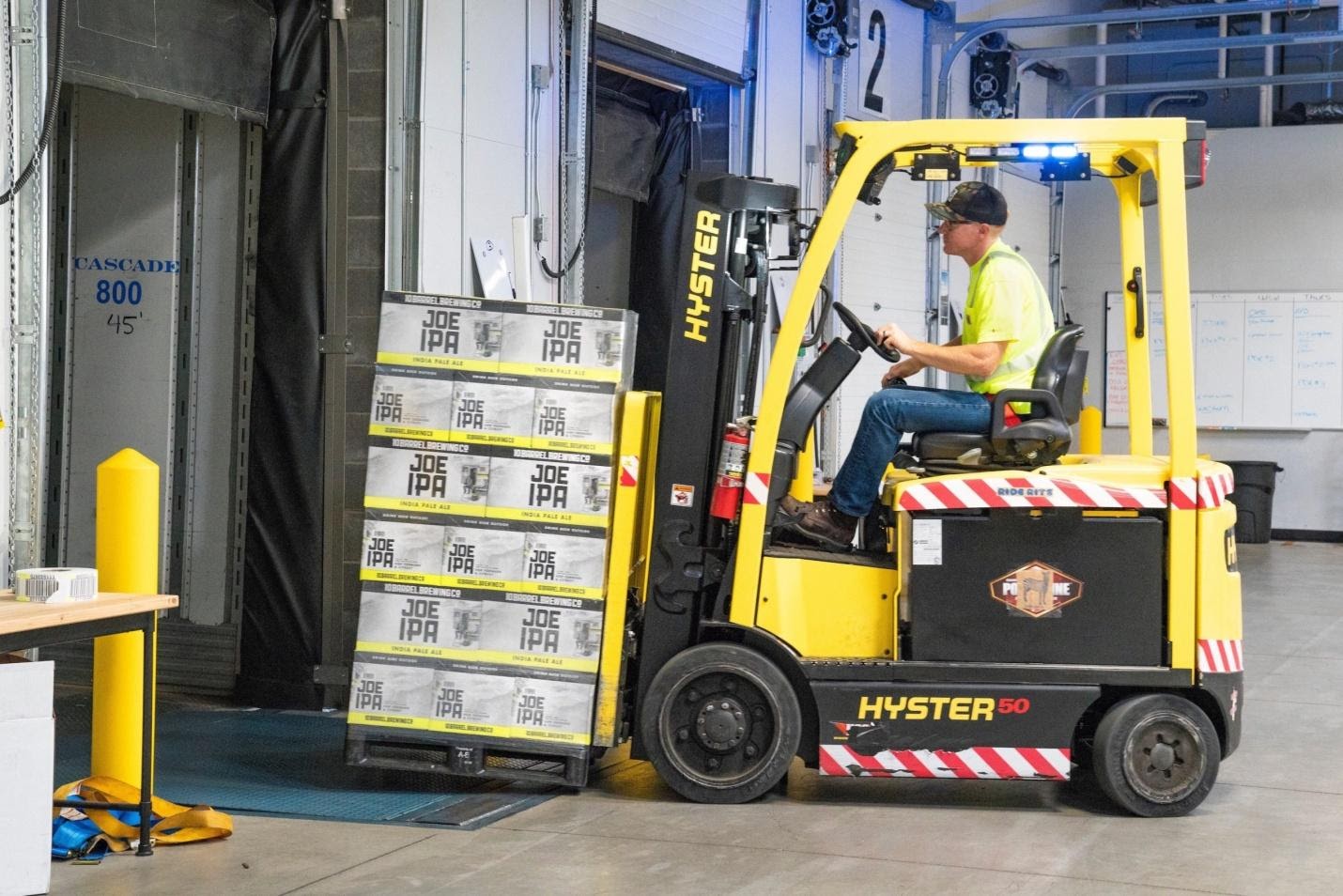Commercial electricians specialize in maintenance, installation and repair of electrical devices in commercial buildings like malls, offices, restaurants, retail stores etc. These technicians receive their training in the form of school education, mostly an associate degree and through apprenticeship.
Commercial electricians work in an environment where public has easy access, so the nature of their job requires to make the electric wiring and access extremely safe. The power distribution in such instances is on the lower side, mainly 110V-220V, which is the standard mostly used in offices, and at homes. They do work on higher voltages as well when they have to work with air-conditioning, heating systems and their wiring and ventilation. While industrial electricity has applications more in specialized fields, the commercial electricity finds applications in a more generalized manner.
Qualification
The basic qualification of commercial electricians is an associate degree where there is emphasis on science and math’s courses. An apprenticeship program often follows this program where electricians gain practical experience of their trade. The state labor department usually has programs for electrical courses and apprenticeships that one can enroll into to get appropriate education in the field. In the apprenticeship program, a student is usually required to finish about 2000 hours of practical training during each year of the apprenticeship curriculum. After that one can appear for the journeyman exam where one is tested not only on the theory part of electricity but also on safety at workplace, knowledge of tools used and electrical and building codes. The journeyman license can be renewed from year to year.
Job and Skill-set
Planning and designing of electrical systems is the job of the commercial electrician. Sometimes they are provided with the blueprints from which they are required to work out the details of the job to be done. Regardless of how the electrician works his job, either designing or interpreting the blueprints, the job mostly entails the installation of conduits and pipes and also determining the electrical wiring of the building in which they are working. These electrical wires usually start or end at electrical switches or electrical panels. Commercial building has heavy requirement for lighting, air-conditioning, heating and refrigeration units and also for power controlling instruments, and it is the job of the commercial electrician to wire all these instruments.
These technicians are not only required to be expert in their trade but also required to handle the necessary tools and read them efficiently. They often have to make use of test meters, ammeters, ohmmeters etc. to make sure that wiring does not have any breakages in between and all the components and equipment used pass the safety standards and are compatible with each other. These tests are especially important while installing new electrical systems so that all things are planned properly and safety standards held high. Efficient performance of electrical systems is ensured through these tests. Repair and maintenance of electrical units and systems, locating short circuits and system breaks is a part of using these tests.
On the job the commercial electricians work with many tools like screwdrivers, saws for cutting pipes and conduits, knives, spanners and pliers. Essentially, these small tools are in the handset of every commercial electrician. Sometimes they are required to work with and operate heavy instruments also, usually provided employers or electrical contractors. Majority of the work that these technicians do is performed indoors where the weather elements are not so critical.
The commercial electricians are not only in great demand these days which makes them feel valuable but their invaluable electrical experience can also be helpful if they would like to become electrical engineers in future. Some schools value the practical electrical experience highly and would even consider some the electrical credits and allowing them to be transferred towards school’s course-work.





